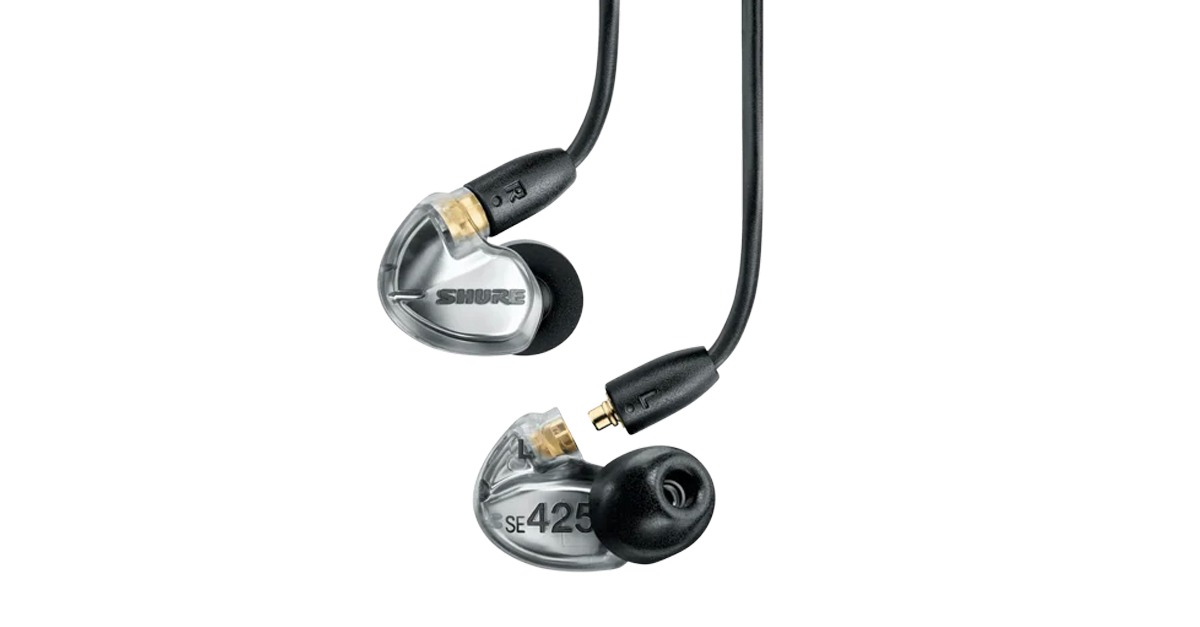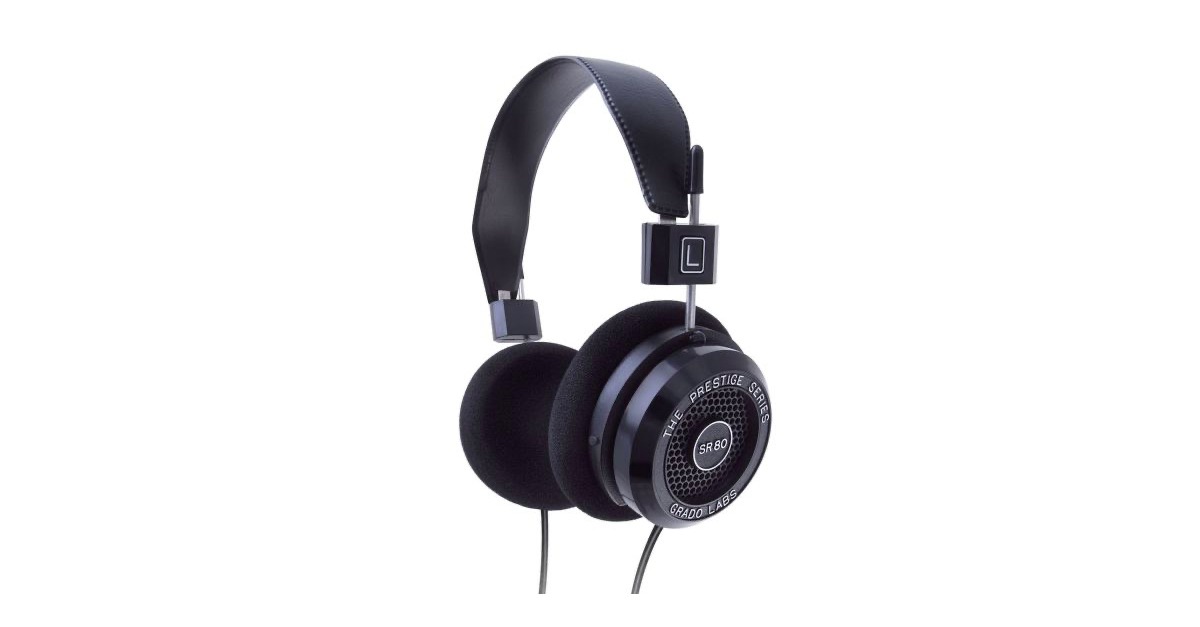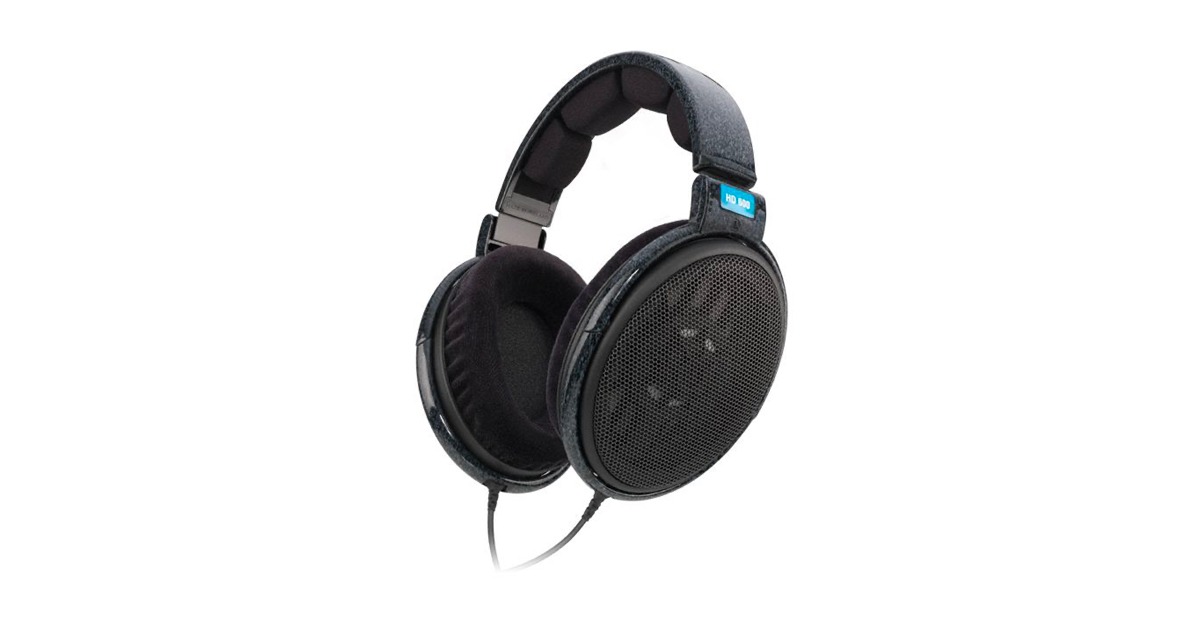Headphones are an essential piece of gear for every producer.
From recording to mixing and mastering, you’ll need a solid pair to help you make critical decisions—even if you already have studio monitors.
But not all types of headphones are up to the demanding tasks in music production.
In fact, the features and construction of the headphones you use make a big difference.
In this article I’ll go through the most common headphone types and explain everything you need to know.
Let’s get started.
Earphones
Earphones are one of the most commonly used headphone types. They work by using very small speakers that sit in the cavity of your outer ear.
They’re compact, portable and inexpensive—which makes them perfect for casual listening on the go.
But earphones have some serious drawbacks when it comes to music production.
First off, listening to earphones is much more fatiguing than other types of headphones. This is because the small drivers are situated extremely close to your ears.
The proximity and size of the speakers means that earbuds rely on the structure of your ear itself to help reproduce low frequencies.
The result is a passable sound that’s not accurate enough to make judgements on the frequency balance of a mix.
Avoid earphone type headphones for tracking or mixing music.
In-ear headphones

In-ear headphones or in-ear monitors are similar to earphones, but instead of resting in the outer ear, they go directly in your ear canal.
IEMs provide excellent isolation from sounds in the environment because they act like earplugs when fully inserted.
IEMs provide excellent isolation from sounds in the environment because they act like earplugs when fully inserted.
It’s one reason this headphone type is frequently used for musicians to hear themselves on stage during a live performance.
IEMs can have great sound quality for a live set, but they suffer from the same issues as earphones when it comes to critical listening.
Steer clear of IEMs if you’re mixing and producing music—especially if you plan to work for long periods at a time.
Bluetooth headphones

Wireless technology has made headphones more convenient than ever, with no bulky cords to limit movement or get twisted up.
Bluetooth is the most common wireless tech for headphones. It works over short-range radio frequencies and doesn’t require an existing Wifi network to connect.
Bluetooth headphones can come in many different form factors. You’ll find Bluetooth built into many earphone and over-the-ear designs from consumer audio brands.
Unfortunately, Bluetooth headphones are not recommended for music production—for a few reasons.
Bluetooth headphones are not recommended for music production—for a few reasons.
To send your signal through the air, Bluetooth needs to translate it to a more portable audio file format.
In the process the data gets compressed and some information is lost along the way. This is mostly fine for casual listening, but it’s not ideal for mixing or mastering.
This can result in a frustrating delay between actions in your DAW and the sound you hear in your headphones.
If that weren’t enough, Bluetooth almost certainly won’t work with your audio interface, so you’ll lose all the benefits of your home studio hub—just don’t bother!
On-ear headphones

This headphone type is more portable than full-sized designs and offers better sound than in-ear headphones.
The speakers are big enough to provide a good picture of the low frequencies, but the compact size is easy to take on the go.
There aren’t many on-ear headphones built with music production in mind, so this headphone type falls into the consumer audio category.
It may seem like a pointless distinction, but even high quality headphones designed for casual listening may not work well for mixing and music production.
Many consumer headphones subtly enhance the sound of the source material instead of reproducing it accurately. This can make your music sound better as you listen, but that’s not the goal when it comes to mixing with headphones.
In addition to that, some on-ear headphone designs put pressure on your ears to keep them in place. If comfort is a factor, make sure you get a chance to try on-ear models before you commit to buying.
Finally, the speakers in this headphone style are also situated closer than over-the-ear headphones, so you might experience a more strident, upfront sound with highs that become fatiguing over time.
Over-the-ear headphones
Over-the-ear headphones—sometimes called circumaural headphones—are the most widely used headphone type for music production.
As the name implies, the cups of these headphones are designed to fit all the way around your ear. This provides the best isolation and positioning for the speakers.
Within this category there are two types with their own pros and cons—open-backed headphones and closed-back headphones.
I’ll break down the different styles here, but if you’re looking for a roundup of the best options, check out our guide to the 25 best headphones for music production.
Closed-back headphones

Closed-back headphones offer studio quality sound with superior isolation from ambient noise in the room.
That means they’re essential for music production tasks where sound leaking out causes problems.
The most common of these is during vocal recording. Because the singer is so close to the microphone, bleed from the monitor mix in their headphones can creep into the recorded track.
If it’s too loud, it can make your vocal takes unusable. Make sure to use closed-back headphones for vocal recording and other tracking duties.
On the other hand, the sealed space where the speakers operate makes it harder to create a neutral frequency response with this type of headphones.
You’ll need a pair of closed-back headphones in your home studio arsenal, but you should look into the next headphone type for more serious monitoring duties.
Open-back headphones
Open-back headphones are built with no compromises when it comes to sound quality

Open-back headphones are the first choice for music producers when it comes to mixing and mastering.
They deliver the clearest, most accurate representation of your mix with the least fatiguing listening experience.
Hot tip: Open headphones are generally considered superior for studio listening, but today’s high-end closed back headphones can be just as good. The sound experience is very different between the two types, so make sure to try both before you make your decision.
Open-back headphones are built with no compromises when it comes to sound quality. That’s definitely a good thing, but it comes with tradeoffs.
These headphones don’t create a sealed environment between the drivers and your ears. That means there’s nothing to stop the sound from the headphone speakers escaping into the room as you listen.
That means open headphones can’t be used where headphone bleed is an issue. Not only that, you’ll need a fairly quiet listening environment to get the best sound.
Headphone sound
Not all types of headphones are up to the job when it comes to music production.
If you’re looking for a new pair, you’ll have to make sure you buy the right type.
Luckily, good quality studio headphones are more accessible than ever before.
If you’ve made it through this article you’ll have a good idea of the major types of headphones available.